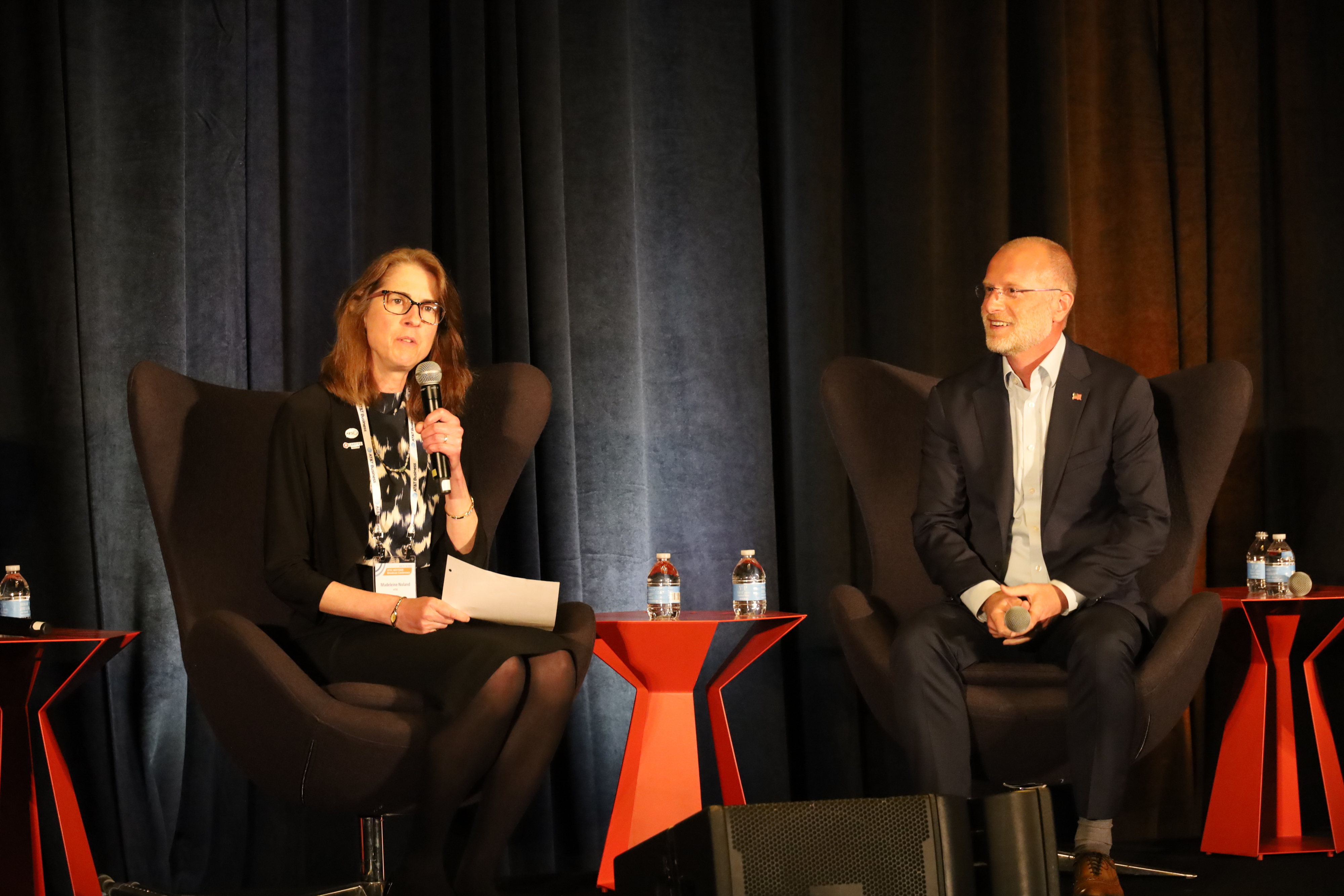Incentive Auction 2.0: Here We Go Again
Don’t give up UHF channel assignments without a fight

Last month, FCC Commissioner Brendan Carr suggested a new incentive auction of TV spectrum is coming at the annual gathering of ATSC members in Washington, D.C..
I’m not surprised. In 2019 at a breakfast presentation during the NAB Show, then-FCC Commissioner Michael O’Reilly predicted another voluntary incentive auction would be on the way at some indefinite point in the future.
While no plans yet are in place for Incentive Auction 2.0, it’s not too hard to see how one will be sold to the industry. First, an auction is a second chance at quick cash for broadcasters not chosen last time. Second, the 3.0 lighthouse strategy has demonstrated NextGen TV’s bandwidth efficiency. So, no harm, no foul taking more spectrum, right? Third, many repacked stations will benefit from a new RF infrastructure thanks to auction proceeds.
However, taking this without a fight seems to be snatching defeat from the jaws of victory.
Fewer TV channels mean less bandwidth for datacasting, a business diversification strategy sure to take on greater importance as cord-cutting continues, threatening the foundation upon which retrans revenue rests.
Fewer post-buildout 3.0 sticks also mean fewer to provide the backbone of a future GPS alternative (see Section 4, Subsection h). While a NextGen TV-based Broadcast Positioning System (BPS) offers the government a fast-to-deploy, inexpensive backup, the Feds haven’t even yet decided to evaluate it. Shouldn’t they, before another auction takes place?
For broadcasters looking to cash out and claim auction proceeds, consider this: Incentive Auction 1.0 garnered $10.05 billion for exiting TV broadcasters, but BIA Advisory Services has estimated 3.0 datacasting could generate an additional $10.7 billion in yearly revenue by 2030. Even if that’s high, how can a one-time auction proceeds payment possibly exceed recurring 3.0 datacasting revenue?
New Bidder Requirements
Before the industry accepts another incentive auction, it should lobby Congress to legislate requirements for any bidder.
First, mandate they all offload mass distribution video traffic to the most bandwidth-efficient wireless service available. If that’s 3.0, so be it. If it’s a 5G Broadcast network, fine. A mix? That’s good, too. But one thing it won’t be is a unicast network.
Video accounts for a huge portion of wireless traffic. One-to-many is only a part of the total, so there’s plenty of other video traffic for wireless networks. Besides, the FCC wants to ensure the most efficient use of limited spectrum resources, right?
Second, require bidders to make their cell networks at least as resilient to disasters as TV RF infrastructure. Mandate generators and fuel supplies at each cell tower as an auction condition. After all, how is it in the national interest to promote a less resilient wireless network at the expense of one that’s more resilient?
Third, bidders should pony up big bucks (tens to hundreds of millions) for a Broadcast RF Vendor Compensation Fund. Payments should fund any TV broadcast chain hardware or software vendor suffering declining business resulting from the FCC closing its Construction Permit window. Remember, the industry lost some—and nearly lost other RF vendors—the last time around. Many other auction requirements surely exist, but at least this is a start.
Fade to Black
The propagation characteristics of high-band 5G may have run headlong into the economic reality of deploying antennas on every other light pole across America—making UHF spectrum all the more desirable.
As that realization has become apparent, broadcasters have been deploying their own new wireless system. It carries nearly as much data as can be carried on a noisy channel and is designed to use new, ever-more efficient data compression schemes as they come along.
The unintended consequence of this efficiency is that competitors will always be able to ask for more UHF spectrum because broadcasters will continue to do more with less for the foreseeable future.
Now is the time to address this head on. Lobby Congress, protect the UHF band from further encroachment, create new competition for wireless networks and earn new revenue to help pay the cost of serving the public with free over-the-air TV. If not now, when? Incentive Auction 3.0?
Get the TV Tech Newsletter
The professional video industry's #1 source for news, trends and product and tech information. Sign up below.
Phil Kurz is a contributing editor to TV Tech. He has written about TV and video technology for more than 30 years and served as editor of three leading industry magazines. He earned a Bachelor of Journalism and a Master’s Degree in Journalism from the University of Missouri-Columbia School of Journalism.

